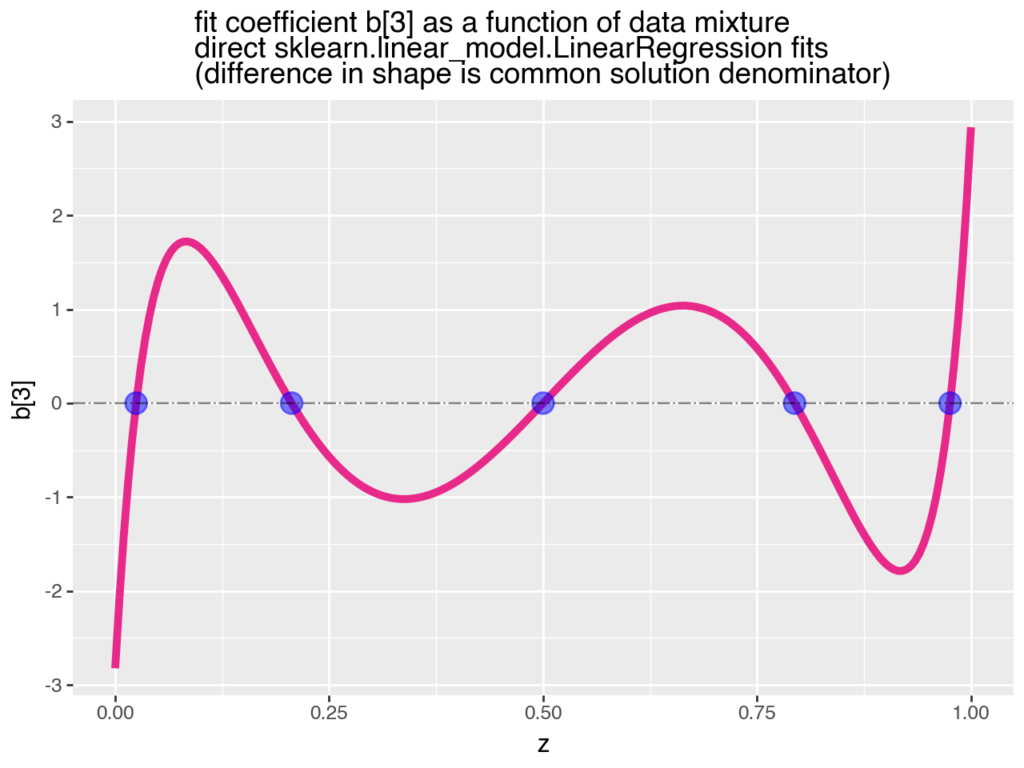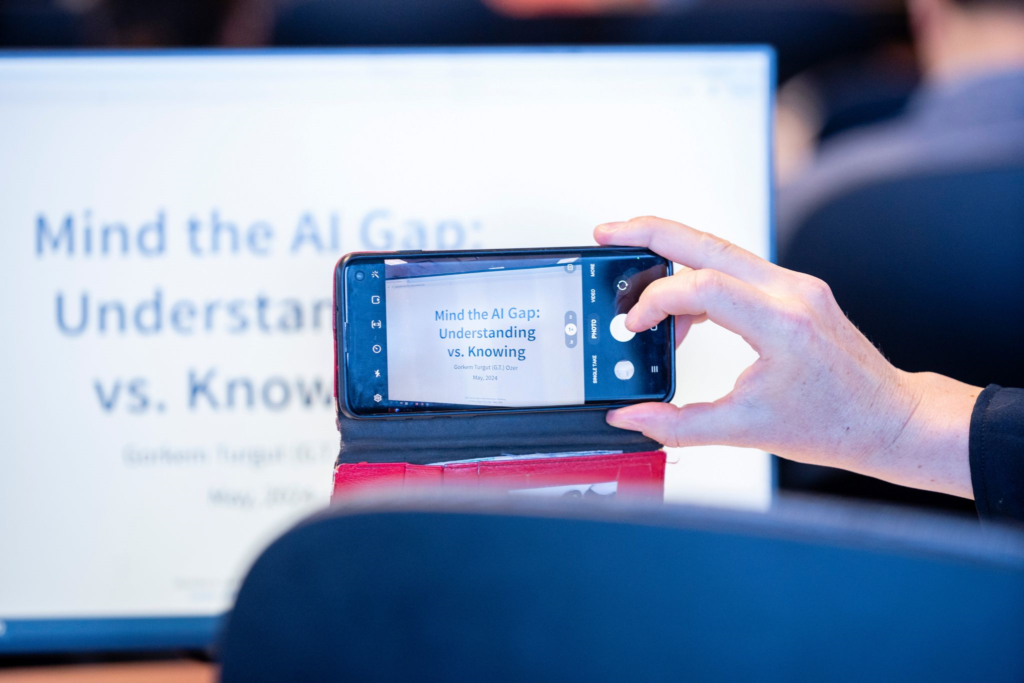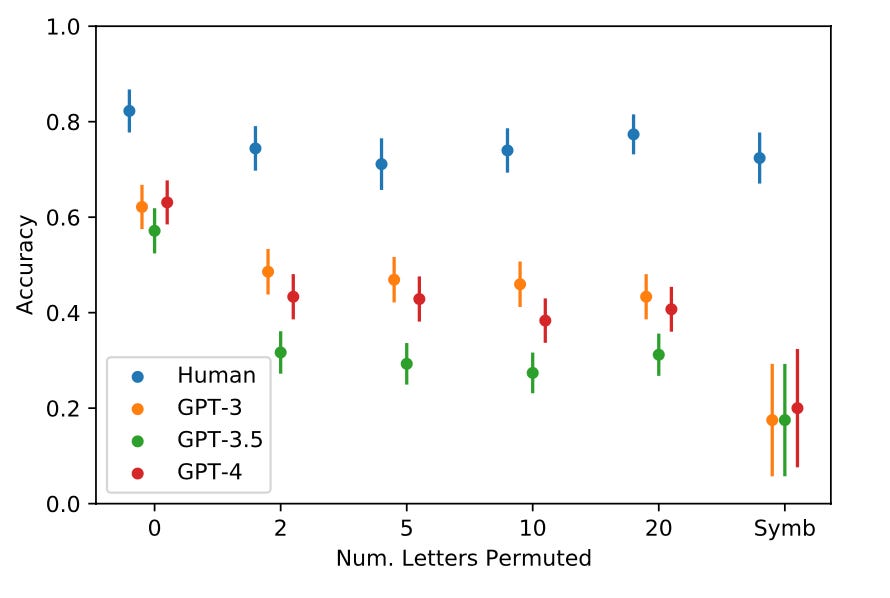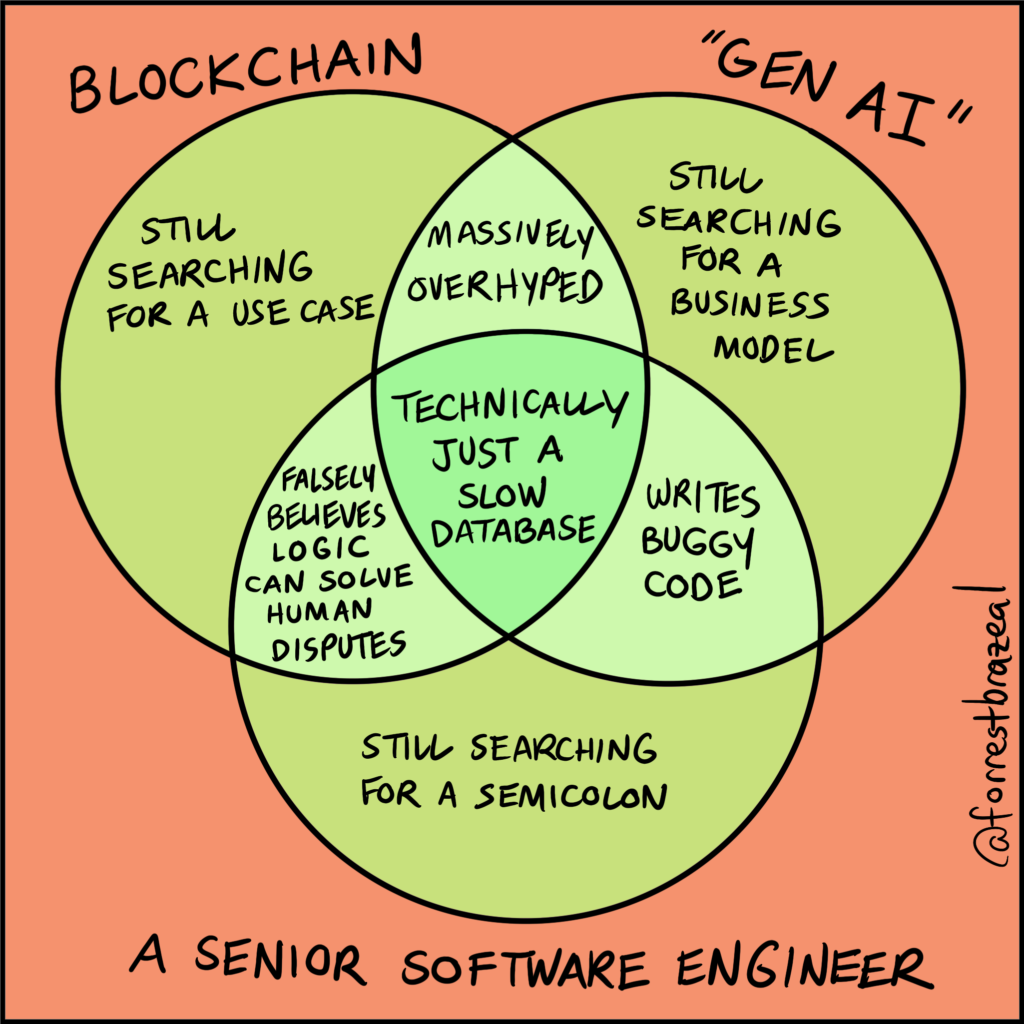AI outlines in Scholar PDF Reader
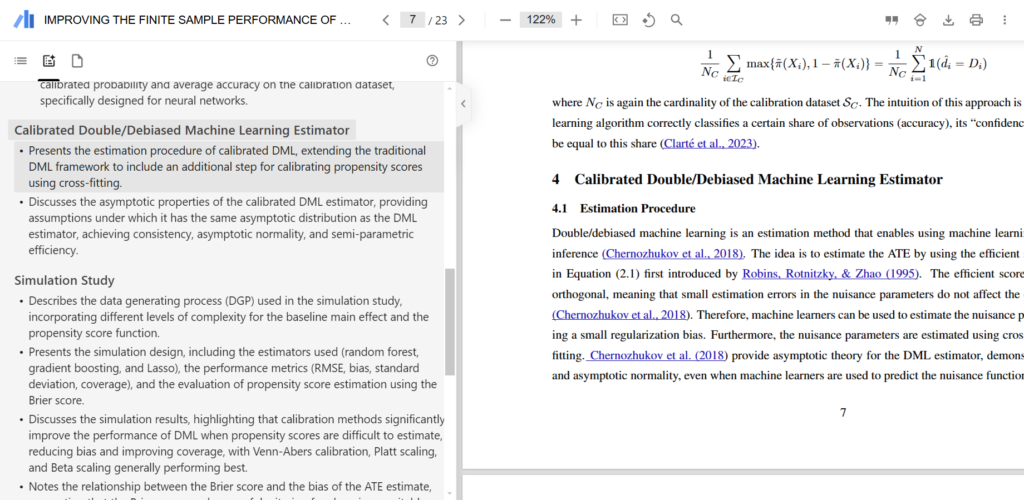
Google’s PDF Reader seems to have got a new feature:
An AI outline is an extended table of contents for the paper. It includes a few bullets for each key section. Skim the outline for a quick overview. Click on a bullet to deep read where it gets interesting – be it methods, results, discussion, or specific details.
Clearly it’s not an alternative to reading (well, I hope not), but it makes search and discovery a breeze. Sure, one could feed the PDF into another LLM to generate a table of contents and outline, but the value here is the convenience of having them generated right when you open the PDF (not just in Google Scholar, but anywhere on the web). Highly recommended.
If you’re not already using this tool, I shared this very, very helpful tool when it came out earlier this year.

